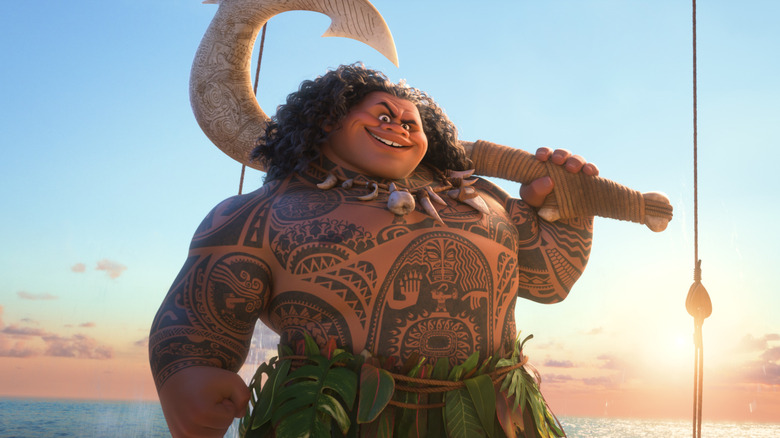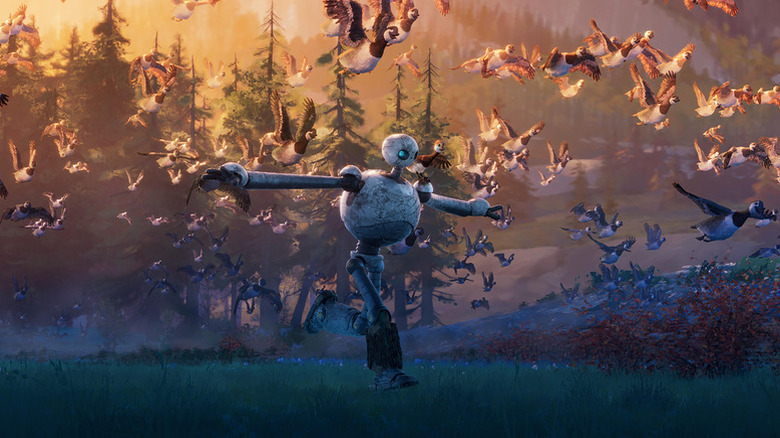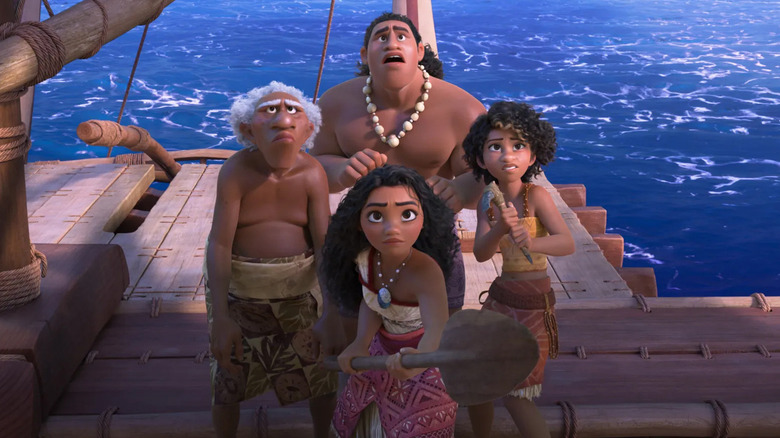The 2024 box office has been a bit of a disasterlargely due to ripples from last year’s strikes, the economy and just disappointing summer movies. Still, there have been silver linings, especially in the medium of animation. Then again, animation has done a lot to keep Hollywood afloat, with juggernaut hits like “Inside Out 2” not only surpasses its predecessor commerciallybut even breaking into the top 10 highest grossing films of all time.
Most recently, both “The Wild Robot” and now “Moana 2” have proven to be huge successes for DreamWorks Animation and Disney respectively with “Moana 2” even breaks box office records. On the surface, this is good for animation and proof that the medium is as popular as ever.
But it could also be a sign that things are going from bad to worse for the animation industry. The industry is collapsing. Granted, Hollywood has always done its best to undermine the medium and its workers, but it’s especially bad right now. Layoffs have plagued every studio from Pixar to DreamWorks and Netflix. The streaming bubble has burst, and the surge in animation spending during the pandemic has turned into a cost-cutting mandate across the board—hence the layoffs and downsizing.
But it’s bigger than this. “Moana 2” and “The Wild Robot” specifically signal two sides of an important moment in the history of the medium – outsourcing. you see, DreamWorks announced last year that it plans to move its production from in-house to outsourcing it to production partners, making “The Wild Robot” the last animated film to be produced in the United States. Meanwhile, “Moana 2,” which was originally intended to be a limited series released directly onto Disney+, was mostly produced at Walt Disney Animation Studios’ Canadian subsidiary, and with the film’s success, this could be the start of a new trend.
Animation is threatened by outsourcing
Animation is experiencing unprecedented global growth, and studios across the planet are getting more attention, with streaming doing a lot of work to expose audiences to other types of animation beyond just big American studio projects.
The downside is that American studios, in an effort to cut costs, are increasingly moving productions overseas, as DreamWorks will be doing. The fear is that with outsourcing comes a shift to non-union work. You see, Disney’s animation studio in Canada, which produced “Moana 2,” is non-union. Meanwhile, Sony Imageworks, DreamWorks’ new production partner, is also based in Canada and is non-union. Outsourcing has long been the bane of unions, but at a time when union labor is more important than ever in the wake of 2023’s dual writer and actor strikes, outsourcing production to non-union studios is an important battle for The Animation Guild in their ongoing negotiations.
The Animation Guild, the main union in the medium, has fought this in the past. In 1979, after a strike, the union won a protective clause against “runaway production”, guarantee local employment before work could be subcontracted out of Los Angeles County. However, a strike in 1982 failed and the union agreed to a studio-favorable contract, after which TV animation began to be heavily outsourced overseas, with more and more projects being animated in Asian countries (mainly South Korea and Taiwan, but also Japan). . In 2003, 90 percent of all animation work for American studios was done in Asia.
Most recently, there were reports that some animated projects may have unknowingly outsourced animation work to North Koreaincluding episodes of Prime Video’s “Invincible”.
The future of animation
Outsourcing to places without union protection means, well, fewer protections for animation workers. It is well known that Japanese studios e.g. suffering from severe crunch and overexertionwith animators who work long hours for low pay. With the current industry-wide desire to cut costs and meet deadlines, things could get even worse for animators. And it’s not just about studios in faraway countries working on international productions either. Consider the reports of “Spider-Man: Across the Spider-Verse” animators who suffer from the same crisis and are overworked. It’s important to note that while Sony Pictures Animation has union rules, Sony Imageworks (which also worked on the film, especially with regard to visual effects), despite its corporate affiliation, is a non-union studio, and therefore not bound by TAG agreements over working hours or salary.
Then there’s the threat of generative AI, with several animation roles expected to be hardest hit by the threat of AI. Jeffrey Katzenberg, co-founder of DreamWorks and former chairman of Walt Disney Studios (as well as the guy who gave us Quibi), predicted that AI could wipe out 90 percent of animation artist jobs. “In the good old days, when I was making an animated film, it took 500 artists five years to make a world-class animated film,” Katzenberg said on Bloomberg New economic forum. “I don’t think it’s going to take 10 percent of that. Literally, I don’t think it’s going to take 10 percent of that three years from now.” And it’s not just old, greedy studio heads. Ridley Scott recently told New York Times that he is trying to embrace AI specifically for animation.
“Moana 2” and “The Wild Robot” have become surprise hits that demonstrate the power of animation to both reach a wide audience and keep the movie industry alive via ticket sales. But if Hollywood learns the wrong lesson from their success, it could spell disaster for the medium.







